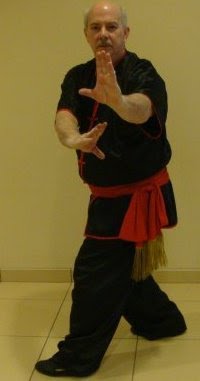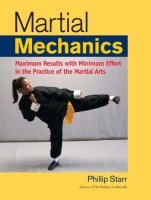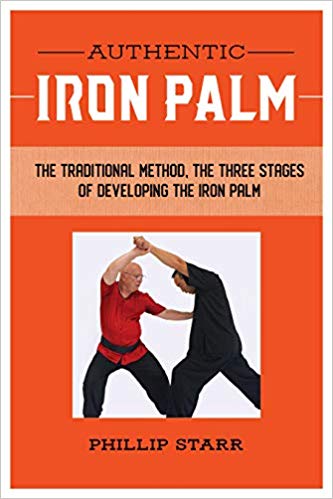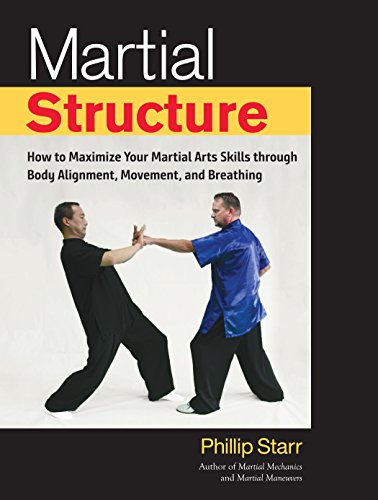by Yang Shuangxing
When I was a fledgling student, such protective gear had not yet been invented. Instead, we learned to CONTROL our blows so that they were focused about an inch from the target. My teacher made us face the outside wall of his house (which was brick) and fire punches and kicks at it with full power. You'd only err about once or maybe twice...
I've heard the contemporary argument that if you train to pull your blows short of contact, you'll do the same thing in an actual fight. There is absolutely no truth to that argument whatsoever. I've never known anyone – or even heard of anyone – who had this happen to them.
Sure, there was accidental contact sometimes but no one was ever seriously hurt. Nowadays, parents worry that little Johnny will get scuffed up in practice...but if it was football, they'd EXPECT it and if he suffered a bloody nose or split lip, the parents wouldn't say a word. But what we do is a MARTIAL ART and not a game...and they get their panties in a twaddle over minor injuries? There's an implied risk in training in a martial art and it can (and should) be mentioned in the application form that must be signed before admission to the school is granted. It's kind of like a sign over an old, rickety wooden bridge that warns that the bridge may not be safe to use. The risk is implied and if you get hurt as a result, it's due to your acceptance of that risk.
Wearing pads doesn't necessarily provide much in the way of safety. Many students, with their fists and feet “safely” encased in foam padding, think that it's okay to whack their training partners pretty solidly. The padding will protect them, right? No...the padding prevents the receiver from being cut or otherwise having the skin broken but it doesn't reduce the impact that much.
Moreover, the use of the pads has, over the years, led to a considerable deterioration of technique. Students utilize boxing-type punches instead of the straight thrust, and roundhouse kicks are done with the top of the instep rather than the ball of the foot (this was very rarely seen before the creation of foot pads). Grabbing has totally vanished and footsweeps are very rare if they're used at all.
I think that the real problem is that many contemporary instructors don't want to make their students develop proper control. After all, it isn't east to do and it's time-consuming. And the younger students won't be having enough “fun” during training. That may mean a drop in enrollment.
I've taught martial arts for more than 50 years. Still do. I taught full-time for more than 40 years. And to this day, I don't allow students to wear “protective gear”, save for a mouthpiece and a groin cup. And in more than five decades of teaching, I have never had a students suffer a serious injury in class. Not once. Not a single broken bone. Sure, there have been plenty of bloody noses, split lips, jammed fingers and toes, and many bruises... but never, ever a serious injury due to lack of control. I made it a point to always warn prospective students that injury was a possibility and no one ever complained to me when they got hit a little too hard. Such things “come with the territory” and they accepted it. And that's as it should be.























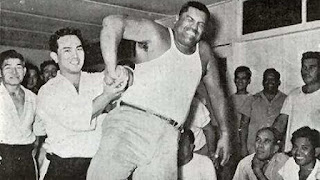











.jpg)
.jpg)






.jpg)










